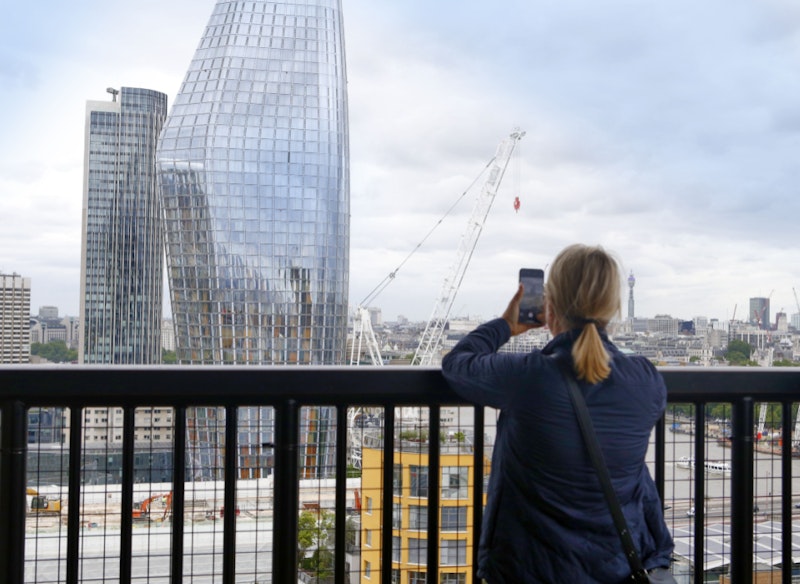In the News
A new era of Private Nuisance? Fearn and Others v Board of Trustees of the Tate Gallery (2023)
25th February 2023
February 2023 saw the judgment in the long-awaited case of Fearn and others v Board of Trustees of The Tate Gallery which may just change the future of nuisance cases as we know it...

A nuisance occurs where a there is an interference with a person’s ability to use their land in a reasonable way. This was claimed here by five residents of a luxury apartment block called Neo Bankside in London, when they began to be overlooked in their apartments by visitors to one of the Tate’s new attractions; the viewing platform. There are of course a range of issues considered in any claim for nuisance to balance the competing interests of the two affected parties and this is what was seen when the case traversed the court hierarchy on various appeals.
It all began when in 2016 the Tate Modern opened a ten-storey new building with a viewing platform on its top floor, offering panoramic views over London, as many other attractions in the capital offer. This viewing platform however offered views directly into neighbouring apartments which were seen by around 500,000 to 600,000 visitors each year.

At the High Court the case was found in favour of the Tate Modern, with the court stating that they were making a reasonable use of their land. They also stated that the residents of the apartments by virtue of living in such accommodation which contained floor to ceiling windows, had exposed themselves to this nuisance, and this could be dealt with by them putting up blinds or curtains to shield the intrusion for example. The Court of Appeal again found against the residents, but on different reasoning, this time that they stated that being merely overlooked should not constitute a nuisance.
The Supreme Court however found in favour of the residents. They reasoned that the intrusion from the viewing platform at the Tate Modern had gone beyond overlooking, but was deliberate viewing from the platform supplied by them. This they stated was affecting the ordinary use and enjoyment of the resident’s property. They also found that the Tate Modern in providing this viewing platform was going beyond their ordinary and common use of their property, as this was not a common feature of an art gallery. They moved from the reasoning of the former courts, looking at what was reasonable use of the land, to rather what was common and ordinary use of the land. They saw that where this is used in an abnormal and unexpected way, that a claimant should not have to take remedial action such as putting up blinds to stop the nuisance, as was suggested by former courts considering this case. The remedy is yet to be decided and this could be damages or an injunction, which is the remedy sought by the residents.
There is concern that this could widen the scope for further claims in nuisance, although the court were quick to mention that this was a distinct case and just because someone can look into another property this will not automatically be a nuisance. This may however impact on future builds, and there may be consideration of what is ordinary and common use of land in cases of nuisance, rather than what is reasonable; particularly where buildings have been altered.

Questions to consider
- There were original claims from the residents that the actions of the Tate’s visitors infringed Article 8 of the European Convention on Human Rights, which protects the right to respect for private and family life, including right to enjoy their home. Do you agree with this?
- Is it right that the claims of a few (the residents here) should curtail the enjoyment of many, such as those thousands of visitors wanting to use the viewing platform?
- Do you agree that the Tate Modern by offering a viewing platform was using the land in an abnormal and unexpected way?

Further Reading: Read the Supreme Court judgement and watch the session videos here - Fearn and others (Appellants) v Board of Trustees of the Tate Gallery (Respondent) - The Supreme Court